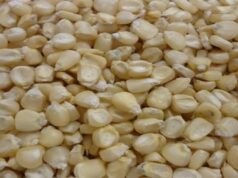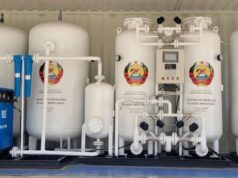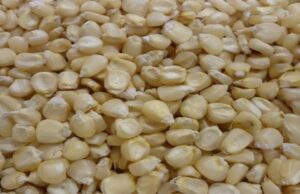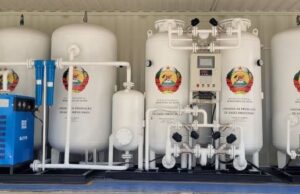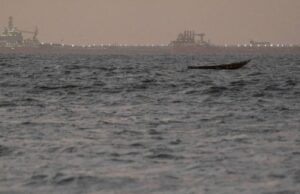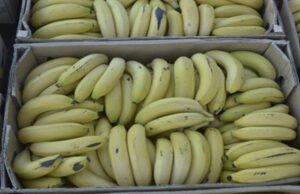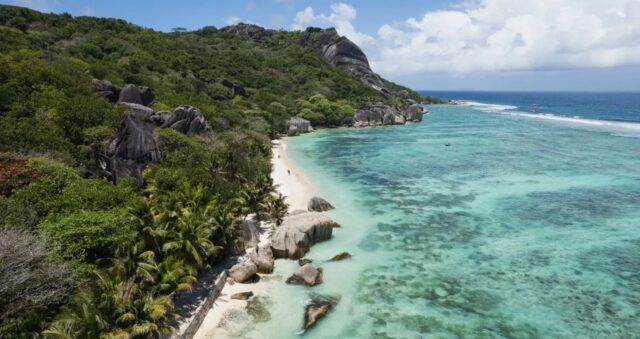
(4 Minutes Read)
www.trendsnafrica.com has carried a story about the impressive growth of the tourism sector in Seychelles and its appreciable growth in 2023, which scaled to a record 6% over the previous year. The country attributed the success to its coordinated efforts to promote the tourism sector, which is the mainstay of the economy. The sector had a long spell of deceleration mostly because of the COVID-19 pandemic and the subsequent ongoing Russia-Ukraine war. It may be noted that plane loads of Russians used to visit the Island Nation on account of its diversity and perhaps low-cost hospitality sector. That number must have come down. However, data indicates that the flow has not bottomed out, although the prime number of visitors are flocking to the Island Nation from other geographies.
Statistics and segregation of tourist arrivals are revealing. The country clocked a total of 350,879 visitors, which is an increase of close to 20,000 visitors compared to 2022. The highest number of visitors was from Germany at 54,925, followed by France with 42,410 visitors, and Russia with 38,172. The top tourism markets for Seychelles were primarily Europe, UAE, South Africa, and the US.
Europe remains the leading continent with 72.8% of visitors, followed by 15.4% from Asia and 7.6% from Africa. Non-European markets make up 27.3% of visitors to Seychelles. Arrivals from Asia have upped in recent times, registering a 5% growth, riding on the back of a huge increase from China, which has clocked an increase of 600%. The other leading markets from Asia are the UAE, Israel, and India, bringing in 69%. Analysts say that Chinese arrival in hordes will increase in the coming years since Seychelles is a relatively competitive destination as compared to the West.
Visitors from Africa have recorded a total of 26,602 in 2023, representing a growth of 13% over the same period in 2022. The main market was South Africa accounting for 35 percent of visitors from the region. Arrivals from America are currently up by 8 percent with the US with a market share of 76%. According to the Tourism Department, the outlook for the first half of 2024 currently looks extremely positive. There is a 6% increase in seat availability to the destination between January to June 2024 in the wake of an increase in forward bookings between January to May 2024. Several airlines are planning to increase their haulage to the Island as the inbound tourism is picking up.
However, Seychelles has to address many imponderables to move in the value chain of the tourism map. Air quality is one among them. A higher incidence of pneumonia is another grey area the country has to grapple with. A Seychelles environmental NGO is undertaking an air quality monitoring project to gain a full picture of how good the island nation’s air quality is and determine where action should be taken. Though the monitoring only started recently, the results are mixed. Sometimes it is really good, even better than the World Health Organisation (WHO) standards, but other times, like the beginning of November it was yellow, which is like smoking half a cigarette a day.
Due to the amount of traffic and the vehicle testing station being in town, Victoria is the most polluted area on Mahe, the main island. The researchers also recorded high pollution in the country after the massive explosion at the CCCL storage facility at the Providence Industrial Estate on December 7.
It is also a welcome step that Sustainability for Seychelles (S4S), started the project two months ago adding the island nation to the list of 117 countries in the world monitoring their air quality. Air quality is measured with the Air Quality Index (AQI), which works like a thermometer from 0 to 500 degrees. Instead of showing changes in the temperature, it shows changes in the quantum of pollution in the air – classified in colors. The Environmental Performance Index (EPI) 2016 report said that Seychelles had the best quality of air on the planet, although this has gone down slightly.
The study aims to get an accurate picture of the air quality in the country and to establish the link between air quality and diseases like pneumonia, the incidence of which is also on the rise in the country.
Another redeeming feature is that Seychelles has been listed as the richest country in Africa in the Global Finance Magazine edition released on December 21. The Indian Ocean Country is ranked 56th in the world and tops the list for African countries with a gross domestic product (GDP) and purchasing power parity (PPP) of US$39,662. It has a population of just over 100,000 people, and its economy depends primarily on tourism and fisheries. The world’s richest countries are also the world’s smallest: the pandemic and the global economic slowdown barely made a dent in their huge wealth.
To obtain a more accurate picture of a country’s average standard of living by accounting for inflation rates and the cost of local goods and services. The resulting figure is known as purchasing power parity (PPP).
It may be noted that per capita income-based assessment of the pecking order of a country, may sometimes give erroneous results because it will be more influenced by the number of populations. Also, skewed income distribution among the population can give a different picture by pushing up the average due to the extreme richness of a small percentage of the population.
Read Also:
https://trendsnafrica.com/seychelles-the-richest-african-country/
Neighbouring island Mauritius is the second richest African nation and is 66th on the global ranking followed by Libya at 73rd. The top three richest nations are the Republic of Ireland followed by Luxembourg, Singapore, and Qatar. Other African countries like South Sudan, Burundi, and the Central African Republic are at the other end of the spectrum.
It is instructive that the Island nation should not find any solace in the numbers in its favour wither in the tourist arrivals or macro vectors like GDP or Per Capita Income. It has a long agenda to cherish to go beyond what data provides.



